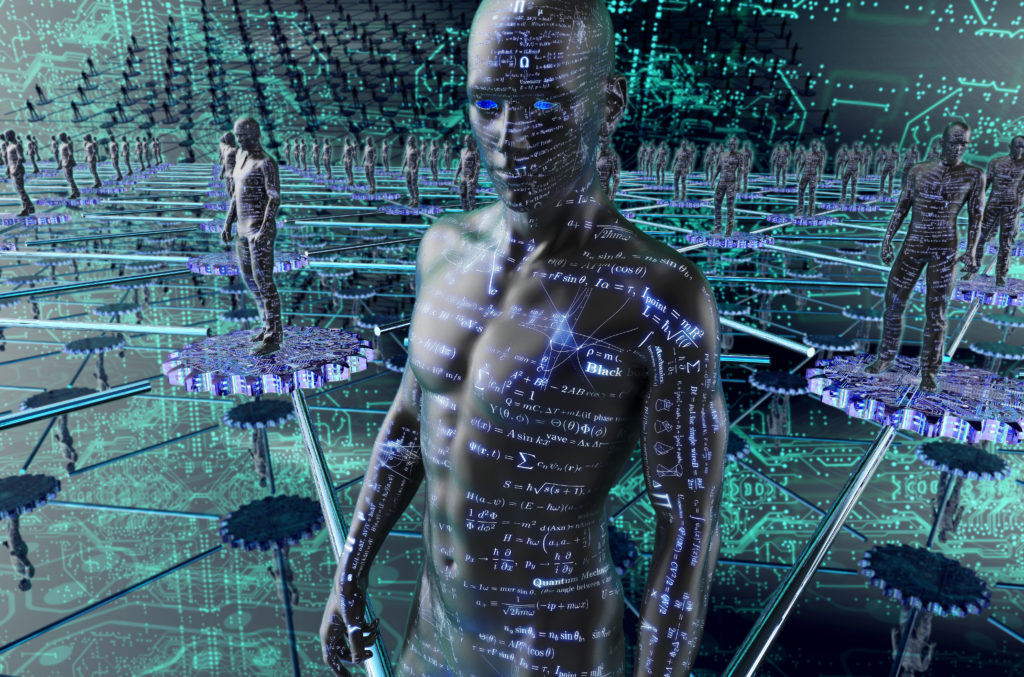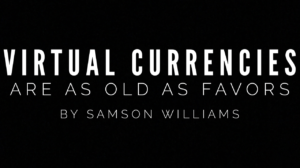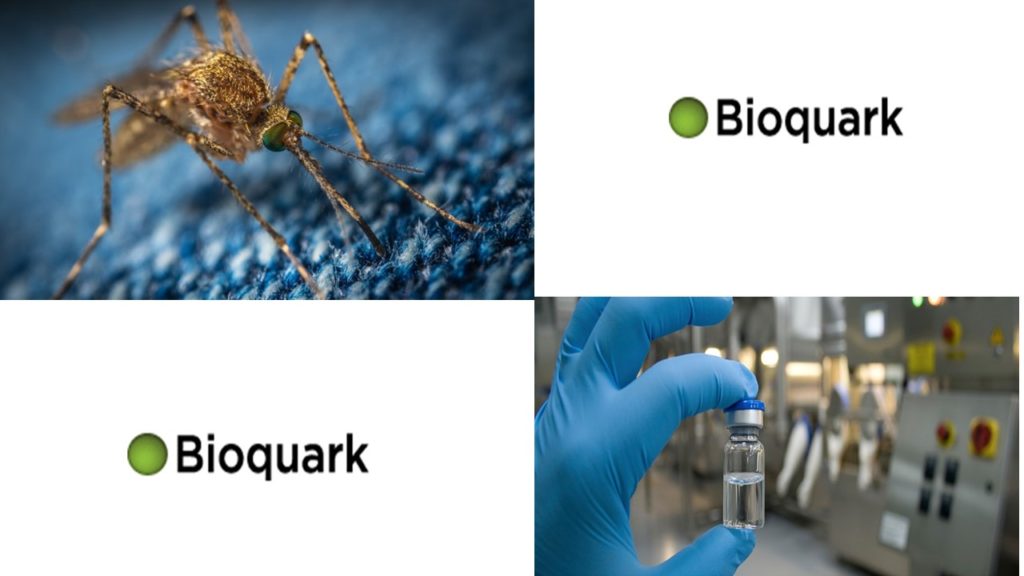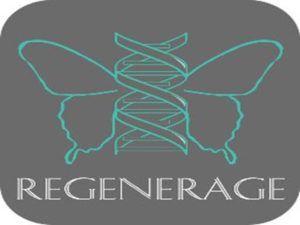Category: disruptive technology

Blockchain: 6 Key Ethical Considerations
Blockchain shows major potential to drive positive change across a wide range of industries. Like any disruptive technology, there are ethical considerations that must be identified, discussed, and mitigated as we adopt and apply this technology, so that we can maximize the positive benefits, and minimize the negative side effects.
Own Your Data
For decades we have sought the ability for data subjects to own and control their data. Sadly, with massive proliferation of centralized database silos and the sensitive personal information they contain, we have fallen far short of data subjects having access to, let alone owning or controlling their data. Blockchain has the potential to enable data subjects to access their data, review and amend it, see reports of who else has accessed it, give consent or opt-in / opt-out of data sharing, and even request they be forgotten and their information be deleted.
Monetize Your Data
Blockchain enables cryptocurrency. Think of blockchain as a platform, and a cryptocurrency as a particular application that can run on blockchain, along with many other applications such as those that can enable data subjects to control their data. Users can be rewarded with cryptocurrencies for opting into, or giving consent to collaborate and share their data. For example, a patient may opt into participation in a clinical trial, and in so doing make their data available for research within that clinical trial. This capability has the potential to provide a direct value feedback loop whereby data subjects can monetize their data. This is a huge leap forward from today where data subjects give up their data free, in many cases unaware, and organizations collecting it make highly profitable businesses out of monetizing data with nary a cent going back to the data subject. However, in enabling data subjects to own, control, and monetize their data guardrails must be put in place around this to ensure that data subjects are fully informed of not just monetization opportunities, but also how their data will be used, any risks, and their rights.
Disintermediation and Disruption
Historically collaboration across a group of organizations has required a central trusted intermediary in a “hub and spoke” architecture where the intermediary is at the center and mediates all interactions across the network. One can see examples of this across many industries. In financial services we have banks and banking networks. In healthcare we have clearinghouses and health information exchanges. In most industries we have supply chains where distributors are the hub connecting manufacturers and suppliers with dispensaries and retailers. Unfortunately, many intermediaries have abused their role and introduced excessive costs, delays, and single points of failure where if they are unavailable collaboration across the whole network is halted. To be clear, where physical goods flow, such as in supply chains, centralized hub and spoke architectures will endure. However, when it comes to the flow of digital goods, including any information, cryptocurrencies, crypto-tokens, or otherwise, blockchain has the potential to enable decentralized collaboration across a consortium of organizations in near real-time, and without the added cost, and delay of the intermediary. Since blockchain is decentralized, it eliminates the central single point of failure that makes hub and spoke architectures vulnerable to attacks on the availability of data or systems such as ransomware or DDoS (Distributed Denial of Service). However, with this disintermediation and disruption the common assertion is that many will lose their jobs. Actually, with blockchain there is a different role for an intermediary around training, system integration, support, governance, consensus building across the consortium, and so forth, so there is an opportunity for intermediaries of today to evolve, adapt to blockchain, and even leverage blockchain to their benefit.
Hyper-Efficiency and Job Loss
Today many common types data are maintained redundantly across silos. Think of the last time you changed your phone number or address and had to visit hundreds of websites to update it. Did you visit them all? Probably not (who has time), and so many of the copies of your data are old, inaccurate, etc. This system results in massive collective cost and causes major inefficiencies. Rather than maintain common data in one place,
and update it once as needed, and share it near real-time across the consortium of organizations that need it, the cost to maintain common data is multiplied by the number of organizations that have copies and maintain it independently. Further, inconsistencies in this data cause friction and additional cost in the system, and frustration. If your address is not updated mail goes to the wrong place, needs to be forwarded, or maybe you didn’t do forwarding and so you lose it and absorb whatever the impact. In healthcare if records are inconsistent across payers and providers, medical claims can bounce causing delays in payment and so forth. So blockchain having the potential to help solve this sounds good, right? Well, what about the millions of people whose job it is today to maintain redundant copies of information across these organizations and silos. In using blockchain to pave the way for secure, and hyper-efficient maintenance of common, shared data, we may inadvertently disrupt the jobs of millions of people doing mundane, redundant data maintenance today. This is not to say we should not move forward with blockchain and realize its benefits, but we should do so fully aware of the impacts and help those impacted proactively adjust, retrain and move onto more useful, interesting, and higher paying roles.
Environmental Impacts
Public blockchains such as bitcoin span untrusted networks, with untrusted participants, and so must use conservative consensus algorithms such as PoW (Proof of Work) which require mining. To be competitive in mining one must invest in massive amounts of hardware that use massive amounts of electric power. This is a considerable environmental and ethical concern. For public blockchains to be feasible going forward we must find new ways of enabling blockchain consensus in ways that do not require massive amounts of hardware or electric power. Key clarification: this challenge is associated with mining and public blockchains and the consensus algorithms they use, whereas private / consortium blockchains, which represent the vast majority of blockchains used in industries such as healthcare, don’t typically have mining, but rather validation of transactions and blocks which does not require any significant additional hardware or electricity. Therefore, while this is a challenge for public blockchain applications such as bitcoin, it is not an issue for private / consortium blockchains.
Anonymity, Cryptocurrencies, and Crime
Ransomware is enabled by anonymous payment methods such as bitcoin. An attacker can infect your system, encrypt your data, and demand payment in bitcoin, and you can pay them with nary an idea of who attacked you, nor the ability for you or law enforcement to identify them. While cryptocurrencies and crypto-tokens have incredible potential for good, they are in this respect a double edged sword since they also pave the way not only for ransomware attacks, but DDoS, any many other types of crime. On the other hand, blockchain has incredible potential to help mitigate many types of fraud related crime so blockchain and crime is a multi-faceted ethical consideration. For more on this see Blockchain as a tool for anti-fraud.
What other ethical considerations are you seeing with blockchain? I post regularly on blockchain, cybersecurity, privacy, compliance, AI, cloud, and healthcare on LinkedIn and Twitter, and welcome collaboration on these fast evolving fields. Reach out and connect to collaborate.
Related
- Blockchain CyberSecurity – What You Need to Know to Avoid a Breach
- 8 Opportunities to Advance AI in Healthcare Using Blockchain
- Food is Medicine – Will the first large scale production use of blockchain in healthcare be food supply chain?
- Blockchain as a Tool for Anti-Fraud
- Healthcare Blockchain Privacy
- Accelerating AI and ML in Healthcare Using Blockchain
- Blockchain in Healthcare: The Potential and Limitations
- Blockchain in Healthcare Webinar: Patient Privacy & Cybersecurity in DLT Architecture, Planning, & Adoption
- BlockRx Asks the Experts: David Houlding, Intel Health & Life Sciences
- Will Blockchains Deliver Healthcare Interoperability?
- Blockchain, Cryptocurrencies, Smart Contracts, Artificial Intelligence, and Machine Learning in Healthcare
- Healthcare Use Cases for Blockchain — 5 Key Factors for Success
- Healthcare Blockchain: What Goes On Chain Stays on Chain
- Healthcare Blockchain: Does Your Chain Have any Weak Links?
- Will Your Healthcare Blockchain be Available When you Need It?

Virtual Currencies Are As Old As Favors
I owe Jack Shaw a favor. It’s one of those, “This one time in Cambodia…” type of favors. We won’t speak of it beyond perhaps a nod and wink. It’s not written down anywhere; the details of such are so vague as to be almost non existent, while encompassing the known universe. It expires upon death, of the sun; and can be redeemed whenever and by another person who need only walk up to me and say, “Jack Shaw sent me. He says to tell you ________”. And tada, that favor has been redeemed for value.
Jack would call this favor a “marker.” It’s more valuable than your house, the Empire State Building & 100k Bitcoins combined. It can even be redeemed for something even more precious, my time or an opportunity or access to my network. You know, those things that money can’t buy. Well, you can lease my time from time to time.
Favors, markers and promises are humanities’ first virtual currencies.
They’ve gone digital recently, as Jack might redeem his marker via a WhatsApp or WeChat text message.
Favors and promises aren’t financial obligations per-say. They’re moral debts that can be redeemed for things of intrinsic, monetary, social and/or actual value. Now, here is where things get a little weird. The thing about “money” is that it doesn’t have any value. It’s actually a reflection of a moral debt. Hence why the US dollar is backed by the “Full Faith and Credit of the US Government” and not say, gold or wheat. You believe…that people will feel obligated to pay taxes and in turn the government will collect these social obligations (aka favors) for the good and benefit of The People. This moral obligation is part of that “Debt to Society” you’ve heard so much about, are obligated to pay, but don’t recall actually signing up for.
Long ago, these virtual currencies of favors, promises, social obligations and credits were turned into what we now regard as money. Not because paper money or coins had or have any intrinsic value, but because for trade beyond one’s family or clan, it’s easier to convey/store and document the value of Sam owing you two chickens, using cash as that documentation (or store of value). As you extended to him a two chicken line of credit.
“Credit” is just another favor or marker with terms.
Coins and “Banknotes” (because people wrote down how much credit they gave you) were just the earliest form of noting and coming to consensus on how to document these virtual currencies of favors, markers, promises and credit.
Overtime, what favor or credit money represents has been lost. We’ve been conditioned to simply believing (Full Faith and Credit) that paper money has intrinsic value, when it simply doesn’t.
Paper money isn’t backed backed by anything other than your faith.
Hence why inflation is such a troublesome concept for most. It challenges the fundamental principles of your faith — every time the government prints more paper money. It extends to itself (and then to you, via banks) made up and virtual favors by the billions. They are favors and markers with no value behind them; lines of credit with no chickens attached. So when these virtual chickens come home to roost, as actual value, guess what? There aren’t any chickens, just a whole lotta hungry believers.
Everybody believes in this system of virtual currencies of credit, favor and marker collection, except the banks and the corporations who effectively pay zero in taxes, while simultaneously collecting trillions in credits from people and then turning those virtual dollars into “real wealth.” Think real estate.
Fun fact/Tangent: Why is real estate called “real?” Hint: It has something to do with the fact that money has no value (isn’t real) but shelter/housing does. We’ll talk about how banks and corporations got out of their social contract at your expense later.
In conclusion, as we’ve a lot to consider now, virtual currencies aren’t anything new. They’re as old as favors and promises. Digital money (much like paper money) doesn’t actually exist. It’s actually easier to “print” digital dollars than paper dollars. One requires paper and ink. The other? Well, just add another few zeros and tada! #InstantCash!
So do me a favor…next time someone tells you that Cryptocurrencies are a sham, smile at them because you now know that money has no value and the government can make as much money up out of thin air (with a side of faith) as it can add zeros to a ledger. Then, ask him/her if you can borrow two live chickens. You promise to pay them back. 😉
My name is Samson. I’m a Professor of Blockchain at Univ of New Hampshire School of Law, human and an anthropologist at Axes and Eggs, a Washington, DC based Think Tank and digital advisor who answers your questions when Google can’t. If you like what you read, share it! If you disagree, share what you know or how you feel in the comment section below. Feel free to hit me up on Twitter or Instagram @HustleFundBaby or follow me on LinkedIn. Finally, I would say thoughts are my own but I probably stole them from a woman.

Bioquark Inc — Ectocrine Technologies — Mosquitos — Ira Pastor
